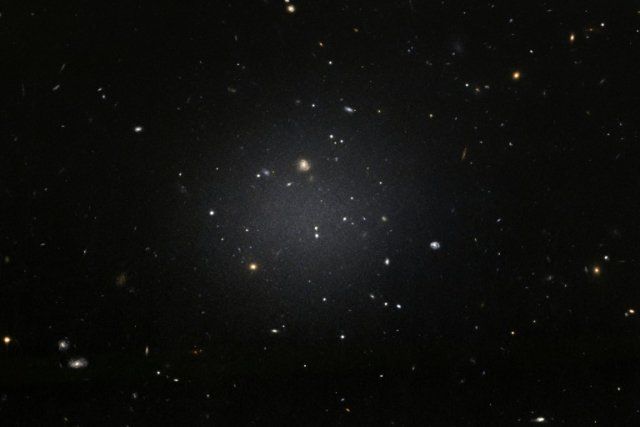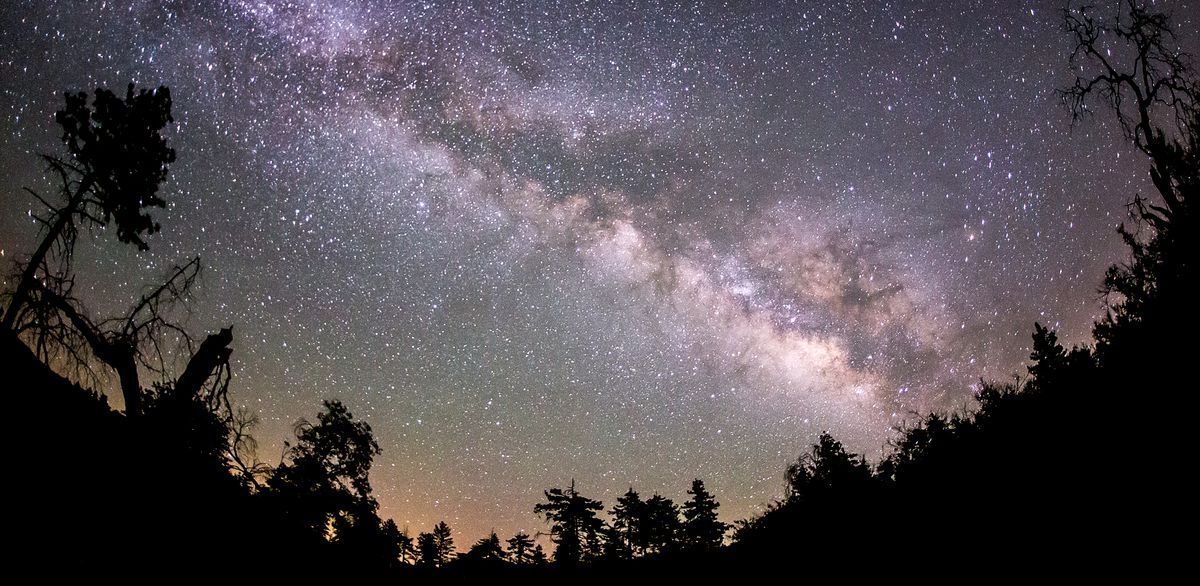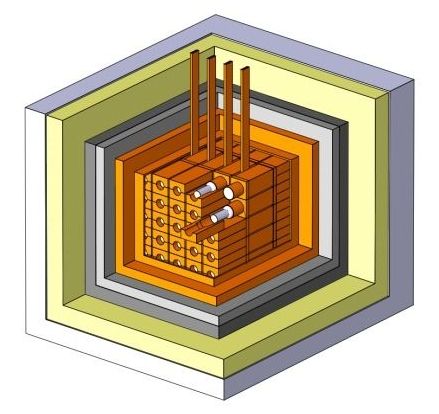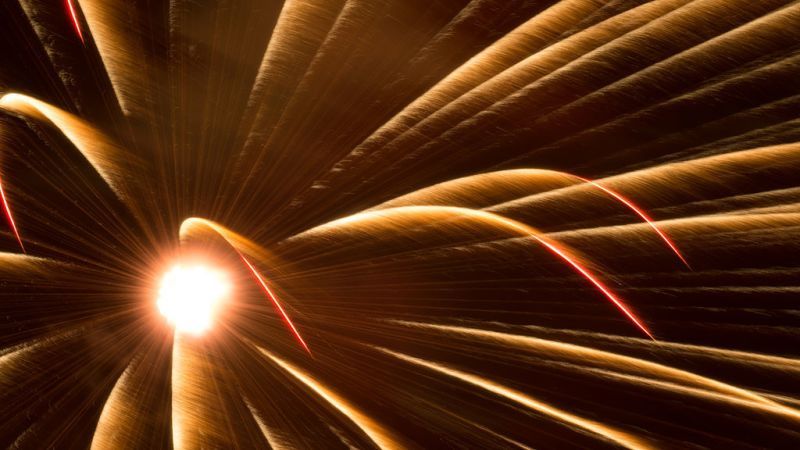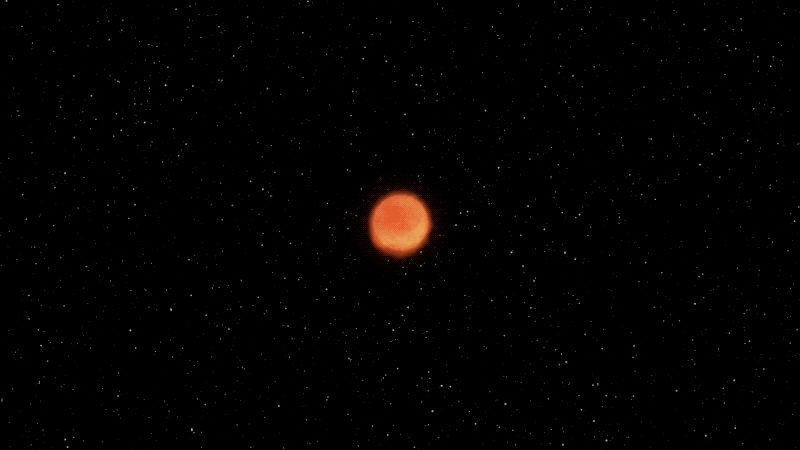Archive for the ‘cosmology’ category: Page 368
Mar 31, 2018
Whisper From the First Stars Sets Off Loud Dark Matter Debate
Posted by Genevieve Klien in category: cosmology
A surprise discovery announced a month ago suggested that the early universe looked very different than previously believed. Initial theories that the discrepancy was due to dark matter have come under fire.
Mar 31, 2018
Bioquark Inc. — Natural Awakenings Magazine — Ira Pastor
Posted by Ira S. Pastor in categories: aging, bees, biological, biotech/medical, chemistry, cosmology, genetics, health, neuroscience, transhumanism
Mar 30, 2018
Astronomers find the ‘impossible’: a galaxy without dark matter
Posted by Michael Lance in category: cosmology
Stupefied astronomers on Wednesday unveiled the first and only known galaxy without dark matter, the invisible and poorly-understood substance thought to make up a quarter of the Universe.
The discovery could revise or even upend theories of how galaxies are formed, they reported in the journal Nature.
“This is really bizarre,” said co-author Roberto Abraham, an astronomer at the University of Toronto.
Continue reading “Astronomers find the ‘impossible’: a galaxy without dark matter” »
Mar 29, 2018
Scientists discover a mysterious ‘ghost galaxy’ with no dark matter
Posted by Genevieve Klien in category: cosmology
By.
Mar 28, 2018
Rare galaxy found without any dark matter
Posted by Genevieve Klien in categories: cosmology, particle physics
Millions of light-years from Earth, there’s a galaxy that is completely devoid of dark matter — the mysterious, unseen material that is thought to permeate the Universe. Instead, the galaxy seems to be made up of just regular ol’ matter, the kind that comprises stars, planets, and dust. That makes this galaxy a rare find, and its discovery opens up new possibilities for how dark matter is distributed throughout the cosmos.
No one knows what dark matter is. True to its name, the material doesn’t emit light, so we’ve never detected it directly. All scientists know is that it’s out there based on their observations of how galaxies and stars move. Some unseen substance is affecting these deep-space objects, filling up the space between stars and clusters of galaxies. And there seems to be a lot of it. Dark matter is thought to make up 27 percent of all the mass and energy of the Universe. The matter we can see — the atoms that make up you and me — accounts for just 5 percent.
Mar 28, 2018
This Supposed Dark Matter Evidence Won’t Seem to Go Away
Posted by Genevieve Klien in categories: cosmology, particle physics
This past June, 500 pounds of a specially fabricated crystal buried in an Italian mountain seemed to glow just a little brighter. It wasn’t the first time, nor the last—every year, the signal seems to increase and decrease like clockwork as the Earth orbits the Sun.
Some people think the crystal has spotted a signature of elusive dark matter particles.
Scientists from an Italian experiment called DAMA/LIBRA announced at the XLIX meeting of the Gran Sasso Scientific Committee that after another six years observing, the annual modulation of their crystal’s signal is still present. This experiment was specially built to detect dark matter, and indeed, DAMA/LIBRA’s scientists are convinced they’ve spotted the elusive dark matter particle. Others are more skeptical.
Continue reading “This Supposed Dark Matter Evidence Won’t Seem to Go Away” »
Mar 27, 2018
Could Higgs Bosons and Primordial Black Holes Explain Dark Matter?
Posted by Genevieve Klien in categories: cosmology, physics
Without an actual discovery, it can be difficult to convince us laypeople that there’s really such a thing as “dark matter.” It seems to interact with our universe solely through gravity, and no experiment has detected it here on Earth yet. So what if there’s an explanation to what’s causing the dark matter’s using physics that already exists, like Higgs bosons and black holes?
A team of three European physicists has made what could be seen as a controversial statement: “The existence of dark matter might not require physics beyond the standard model.” It’s still just a hypothesis as the hunt for dark matter continues, but it’s an interesting thought to digest.
First, you might be wondering what I’m talking about at all. You only experience regular matter in your day-to-day life—it’s what makes up every planet, star, and galaxy. But astronomical observations imply that there’s gravity from six times more matter in the universe, stuff we can’t see with our eyes or instruments, called dark matter. As of yet, lots of experiments have tried and failed to identify the source of this gravity.
Continue reading “Could Higgs Bosons and Primordial Black Holes Explain Dark Matter?” »
Mar 27, 2018
Rare Type of Supernova Extinguishes Star at Unprecedented Speed
Posted by Genevieve Klien in categories: cosmology, materials
Supernovae produce some of the most powerful explosions in the cosmos, expelling a doomed star’s contents at velocities reaching 10 percent the speed of light. It usually takes a few weeks or months for a supernova to fade into nothingness, but astronomers have now documented a record-setting case in which a star was extinguished in just a few days.
They’re called Fast-Evolving Luminous Transients (FELTs), an exotic type of supernova discovered only a few years ago. As the name implies, these supernovae develop quickly, they’re very bright, and then they disappear. Unlike more “conventional” supernovae, such as Type Ia supernovae, the duration of these explosions can be measured in days rather than weeks or months. These celestial events are rare, and only a handful of FELTs have ever been documented.
The perplexing thing about FELTs, however, isn’t so much that they’re short lived—it’s that they’re also very bright. Scientists have subsequently theorized that they’re the glowing remnant of a gamma-ray burst (a massive explosion produced by a collapsing star that gives birth to a black hole), a supernova fueled by a magnetar (a neutron star with a powerful magnetic field), or a failed Type Ia supernova (in which a white dwarf star sucks up material from a nearby star, eventually causing it to explode). New research published today in Nature Astronomy suggests it’s none of the above.
Continue reading “Rare Type of Supernova Extinguishes Star at Unprecedented Speed” »
Mar 24, 2018
The travelling speed camera
Posted by Genevieve Klien in categories: cosmology, electronics
The ULTRACAM has been a staple in ESO for almost 16 years. This high-speed camera is able to do 500 photographs per second in three different wavelengths and, since 2002 has been operating at the William Herschel Telescope at La Palma (Canary Islands, Spain), the New Technology Telescope at La Silla (Chile) (where this picture was taken) and, most recently, at the Very Large Telescope at Paranal (Chile) and the Thai National Telescope at Chiang Mai (Thailand).
Some of its past targets have included: the study of black holes, “hot-Jupiters” or variable stars.



